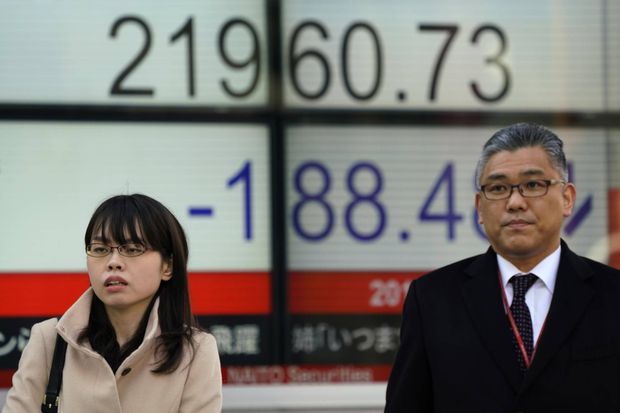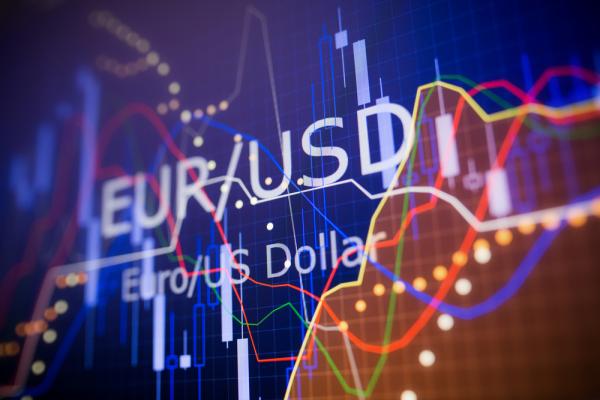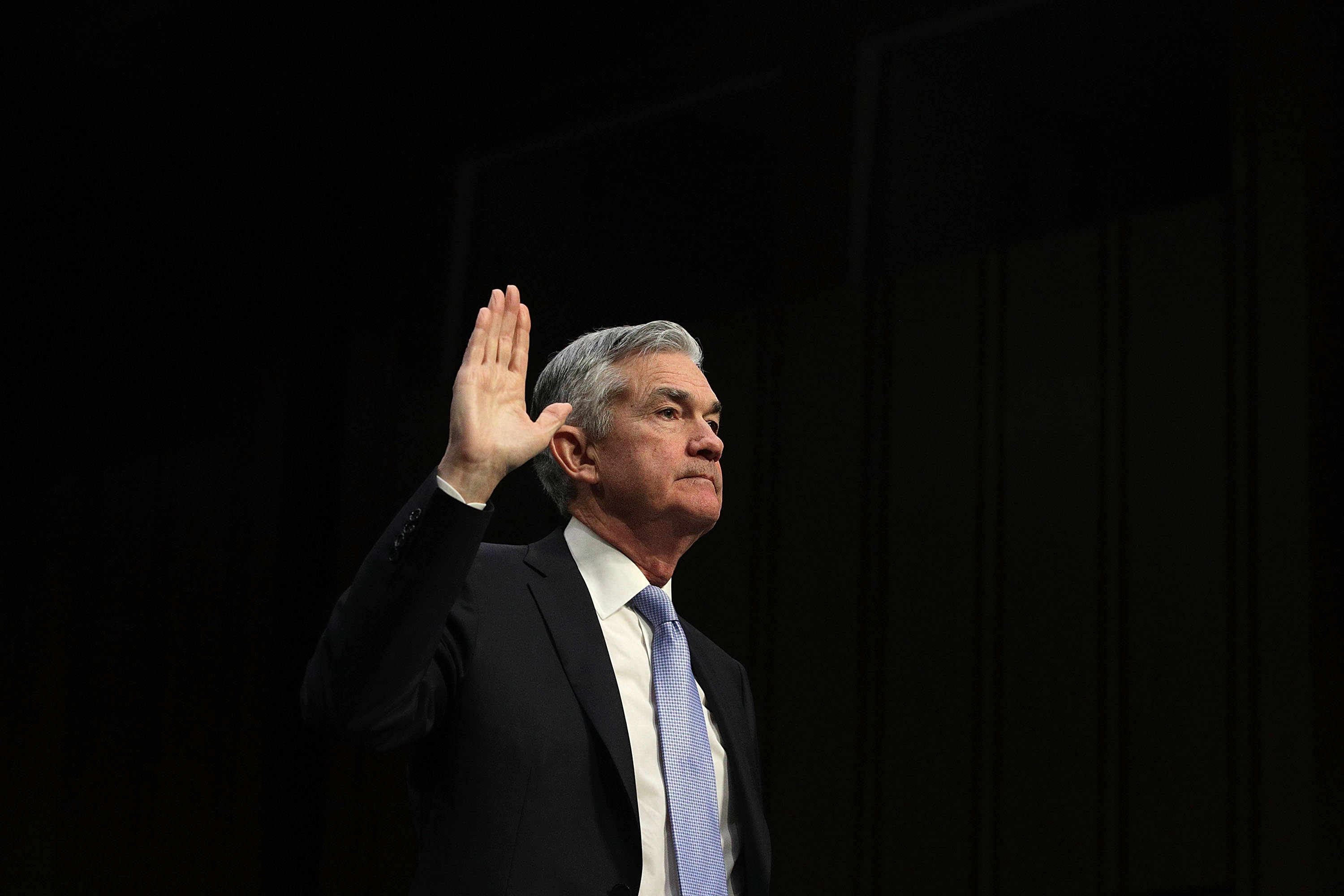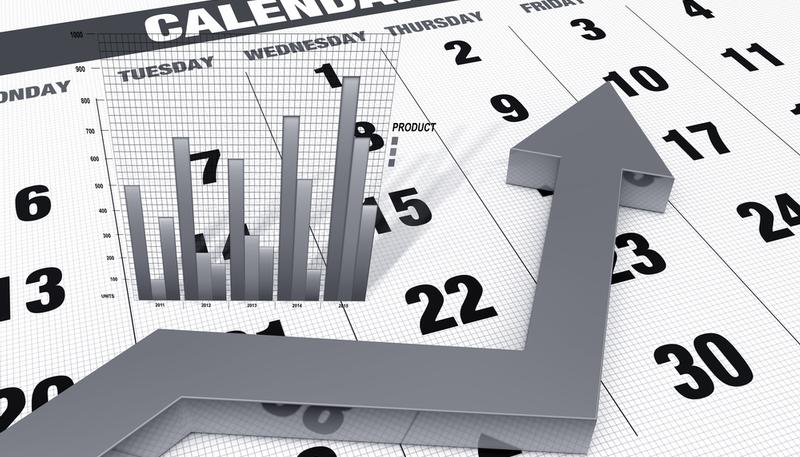Today`s news are all about UK. UK Prime Minister May has hit out at Brussels’ first draft of a Brexit treaty, sending GBP to sink waters to near 3-week low.
Sterling fell as much as 1% to $1.3772, weakest level since February 9. Today’s decline takes its loss for the month to nearly 3 per cent — the most since October 2016. The GBP/USD is now trading within broad bearish trend channel sloping downwards and the pair needs to break below 1.3737 support line represented by 38.2% Fibonacci retracement line of the upmove from 1.2770 to 1.4343 to confirm further weakness.
The UK domestic data front is not helping Pound a lot with the UK manufacturing PMI decelerating to 55.2 in February, although it came out a bit better than expected.
The move lower comes after Mrs May rejected a EU proposal that could keep Northern Ireland under the bloc’s rules, saying no UK prime minister could “ever” accept such a plan. The comments set Mrs May on a collision course with Brussels and rekindled market fears over a so-called “hard Brexit” that would see the UK leave the EU without a deal in place that would give it and its companies access to the bloc’s single market.
Elsewhere in EU moods are not setting high.
European markets are following Wall Street down after a rough Wednesday which saw the S&P 500 lose 1.1%t, leaving it 3.9% lower for February and marking the biggest monthly decline since January 2016. Overnight, Asian markets were mixed but China benchmarks were up after positive manufacturing data. Briefly all things look like this:
- London’s FTSE 100 is 0.1% lower
- Pan-European Euro Stoxx 600 index is down 0.3%
- Frankfurt’s DAX is down 0.5%
- Tokyo’s Topix closed down 1.6%
Sources:
https://www.ft.com/markets
https://www.ft.com/content/6877f7fe-1cf0-11e8-aaca-4574d7dabfb6
https://www.ft.com/content/51190c1e-1c6f-11e8-956a-43db76e69936
https://www.ft.com/content/f815edda-1ca0-11e8-956a-43db76e69936
https://www.ft.com/content/127d054a-1d15-11e8-aaca-4574d7dabfb6
https://www.ft.com/content/3b28cd0c-1ca3-11e8-aaca-4574d7dabfb6
https://uk.investing.com/news/economy-news/brexit-advances-at-wto-as-britain-sets-out-new-services-terms–diplomats-1059305
https://uk.investing.com/news/stock-market-news/european-shares-drop-as-carrefour-wpp-results-get-frosty-reception-1060510
https://www.fxstreet.com/analysis/gbp-usd-forecast-sterling-hammered-lower-by-brexit-draft-further-downside-limited-201803010935





